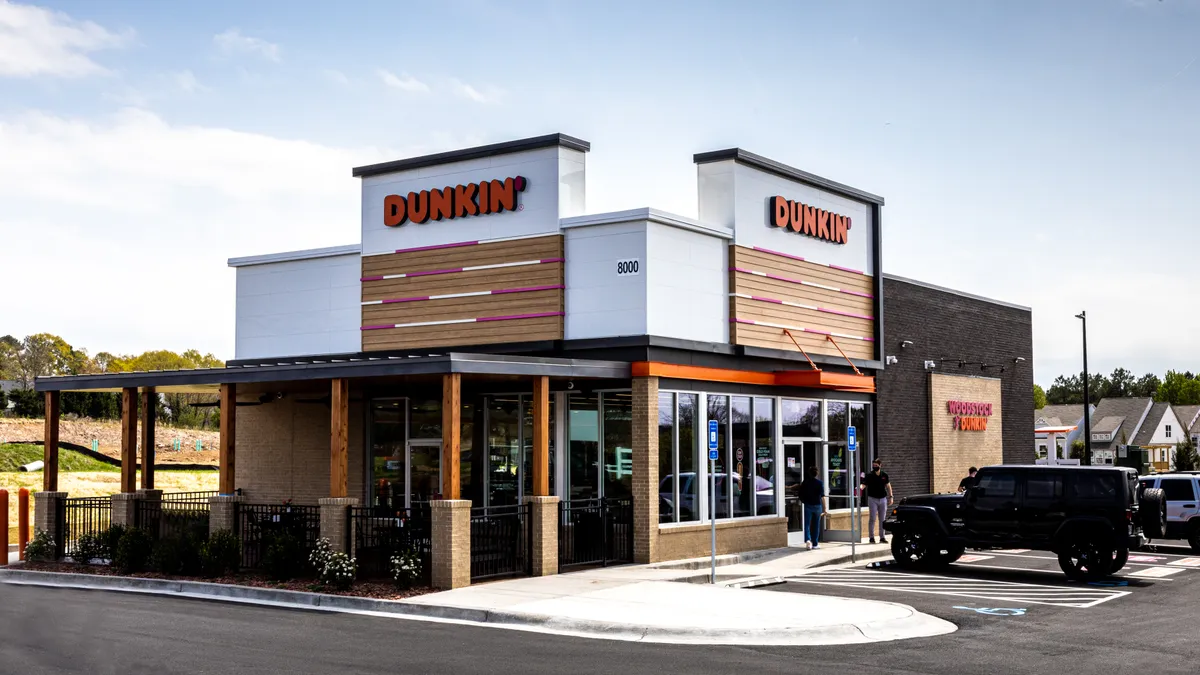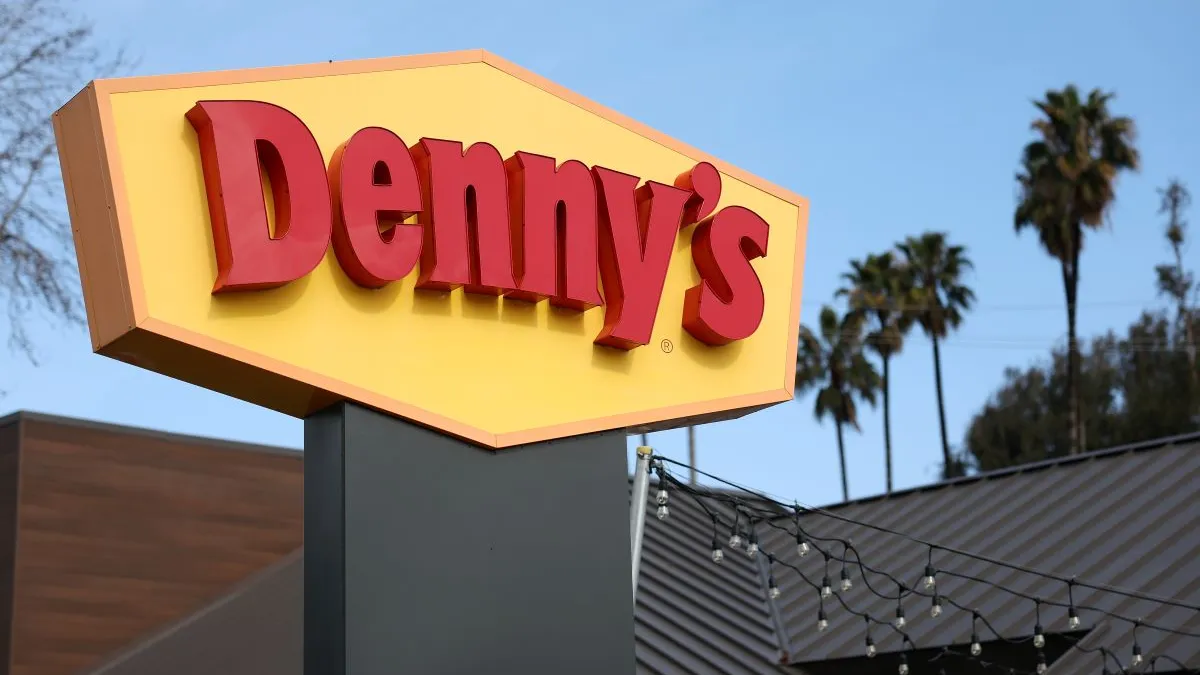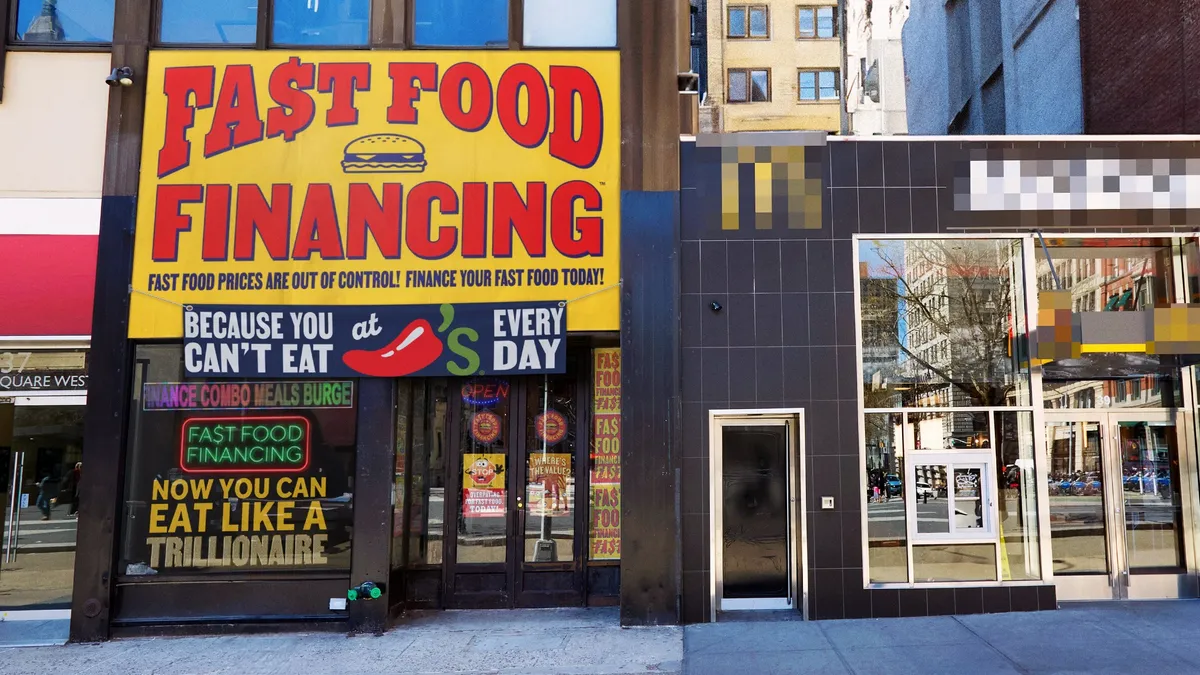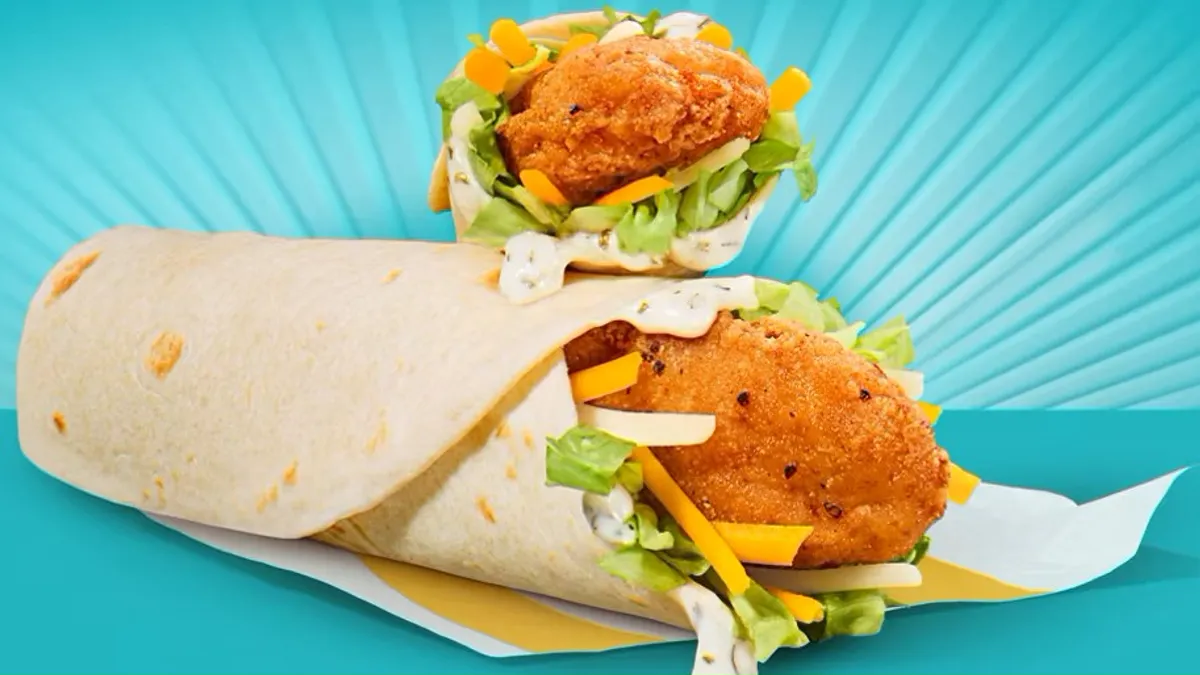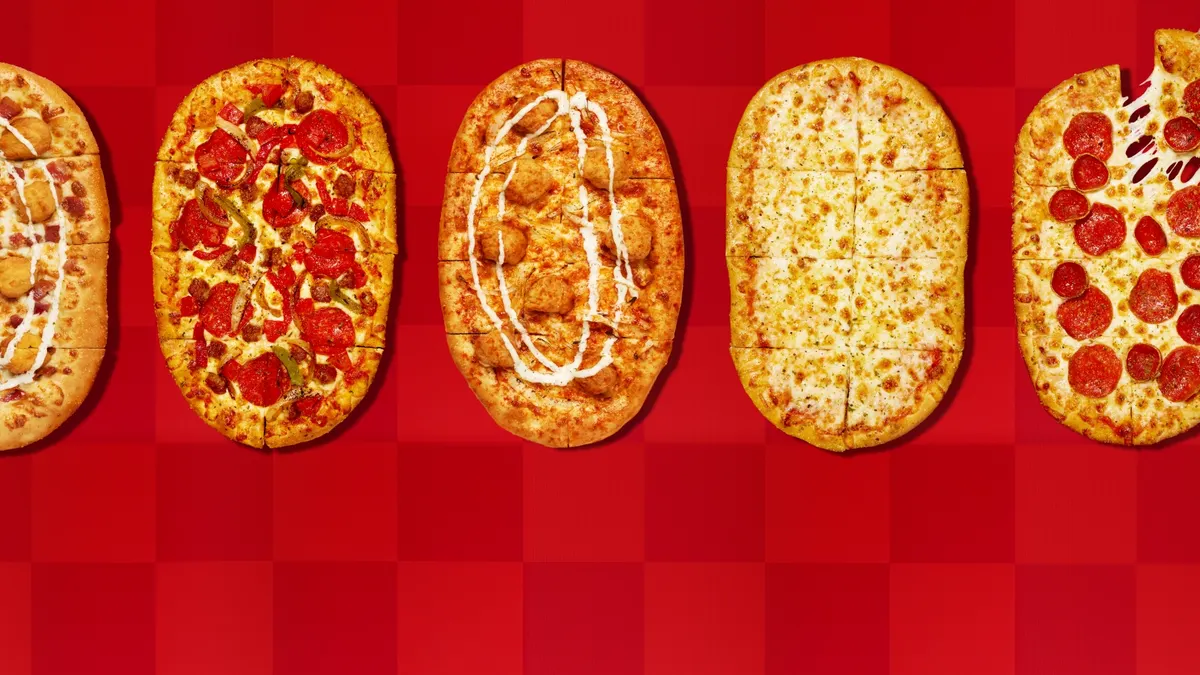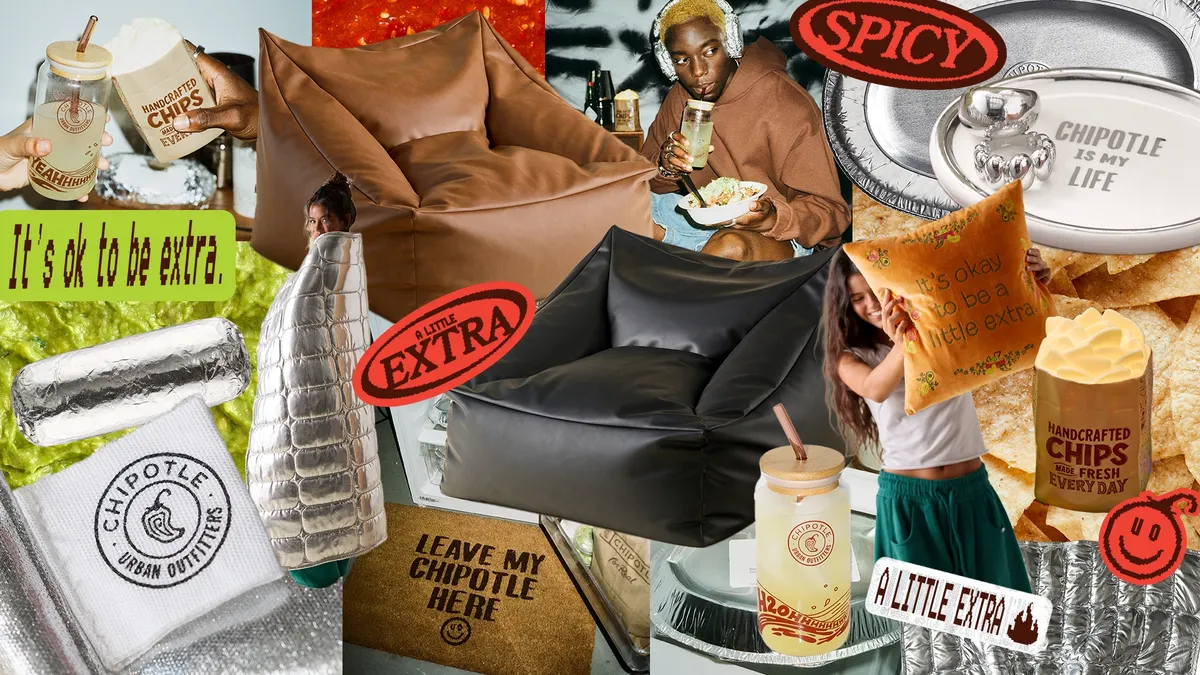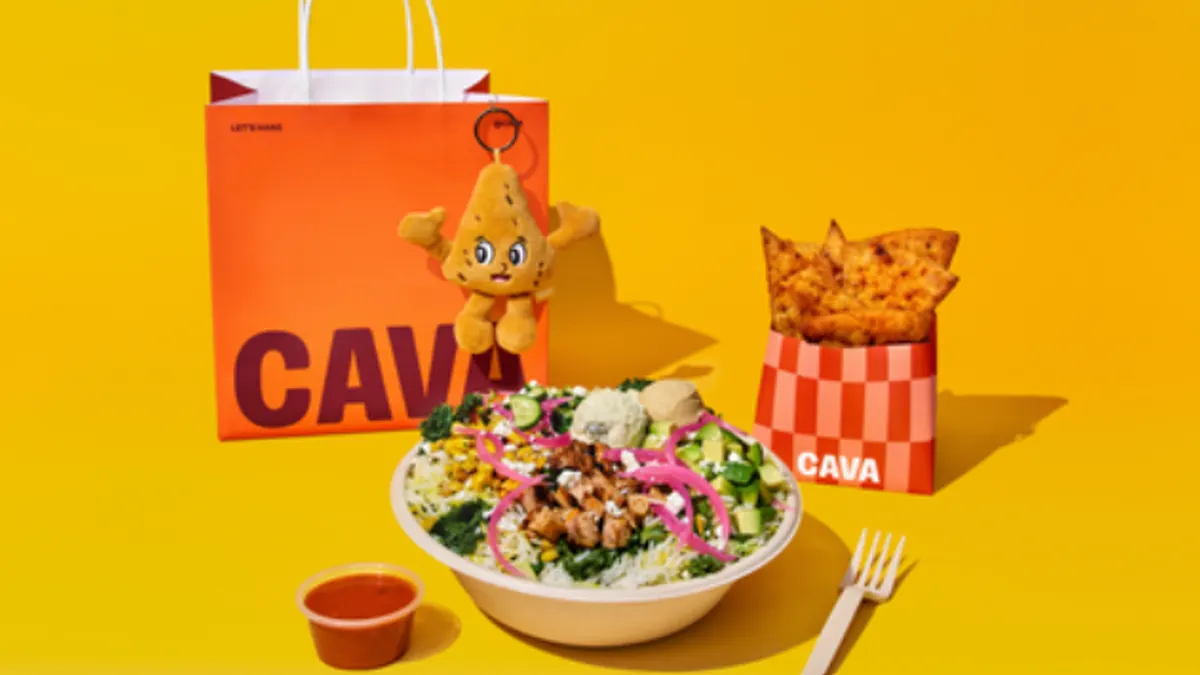Yum Brands knows, years ahead of time, which flavors it will pursue for beverage innovation. This strategic foresight is made possible by two factors, said Yum Brands Chief Marketing Officer Ken Muench.
First, Muench said, fast food is near the end of the cultural adoption cycle for most flavor trends — brands have to appeal to a wide range of consumers, and they’re constantly chasing flavors that are well known but still on the upswing. In other words, these chains seek the most advanced, yet acceptable ideas, Muench said. Second is a 35-person unit within Yum, called Collider Labs, that monitors consumer trends across major markets in real time.
“Our entire job is to look at where culture is going, look at where consumers are headed and then inform the brands. And we do that years ahead of time,” Muench said. “It's probably the largest beverage database in the world.”
That database has allowed Yum to understand the shifting landscape of consumer preference, identify where trends are coming from, and intervene in menu strategies to position restaurants to take advantage of these trends.
The QSR beverage opportunity is growing
One trend of particular importance to Yum is the expansion of the kind of drinks consumers are willing to buy from QSRs, Muench said. Collider identified how consumer acceptance of beverage types was changing, and communicated that to Yum’s constituent brands.
For KFC, that meant looking into lemonades, refreshers, milkshakes and iced coffee as development opportunities, said Val Kubizniak, KFC’s chief marketing officer. The pace of beverage development is attractive and advantageous to brands, she said. Kubizniak said that the nature of beverage development offers advantages for brands.
“Developing products like new burgers or new tenders takes time,” Kubizniak said. “But beverages can be quite a fast space to play in once you're working with the right suppliers.”
Muench said QSR coffee drinks are on the cusp of that “most advanced, yet accepted status,” because consumers have begun to favor cold, convenience and visual appearance over hot and on-premise coffee experiences in the last decade and a half.
Such structural trends have resulted in drinks like Taco Bell’s Churros Chillers and Coffee Chillers. Muench said the company is looking at a variety of wider coffee options.
“Whether it's cold coffee, cold brew, varieties of coffee with bubbles in it, with inclusions in it, with a cream top, a foam top, all that sort of stuff, is a super interesting area that was never open to QSRs before,” Muench said.
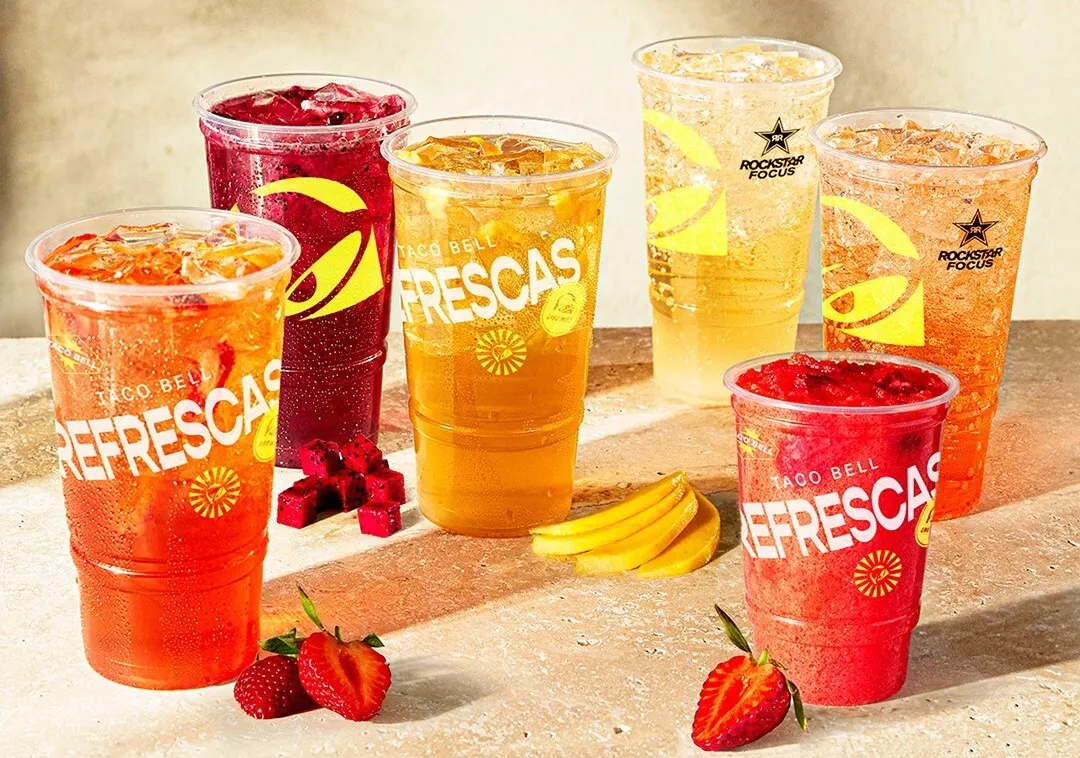
Cold coffee and blended coffee beverages don’t require the same degree of equipment as hot espresso drinks, which are still a no-go for Taco Bell and KFC consumers, Muench said.
“There's some things that intuitively don't work. Hot coffee and Mexican food doesn't work for Americans yet,” Muench said. “Hot coffee and fried chicken, at least in Western countries, [is] also a weird thing.”
Other beverages like iced teas, lemonades and various refreshers present clearer, easier opportunities for Yum Brands to adopt. And Yum’s standard for acceptability is quite high.
“QSRs in the U.S. reach 95% of consumers,” Muench said. “If it's just applicable to 10% it's not interesting. If it's just applicable to 30% to 40%, it's not really interesting. If it's applicable to 50%, now you're starting to get to a place where, okay, maybe this is something we should then expand.”
How do preference changes become new drinks?
Beverage trends often start in higher end, experiential restaurant concepts or in markets outside the U.S., Muench said.
“Basically, if it's catching on in South Korea, it's going to catch on anywhere in the world. That's the shorthand,” Muench said. The political economy of South Korea, which has limited socio-economic mobility, encourages younger consumers to compete to be trendy, according to Muench.
Yum collects drink ideas from particularly innovative regions. Then Collider works with the brands to host innovation sessions, which can result in up to 150 ideas.
The next step is less intuitive: Yum uses prediction markets to assess a narrow range of drink options. These sorts of markets use betting data to assess the likelihood of given outcomes. The most famous such market is PredictIt, which allows individuals to events like the 2025 New York Mayoral race.
Yum asks consumers to bet on which drinks, out of a slate of 10, are likely to be the most successful, Muench said. The theory behind this strategy is that a large group of people — Yum asks upwards of 500 consumers in each country it assesses — are good at predicting what in aggregate might be popular, rather than what they, individually, might enjoy drinking.
“When you are in college, you know before your roommate knows that he's going to break up with his girlfriend,” Muench said. “We are much better predictors of other people’s behavior.”
Yum asks consumers to predict a variety of outcomes, both long-term popularity and short-term buzz, which helps offset conservative estimates. Buzzy items with a lower predicted popularity can make good candidates for limited trials, Muench said. Short-form video social media platforms shortened the time it takes a drink to go from a fringe option to something a broad swath of consumers clamor for. Successful drinks ideas in prediction markets then go through Yum’s flavor testing and design process to refine and finalize ingredients.
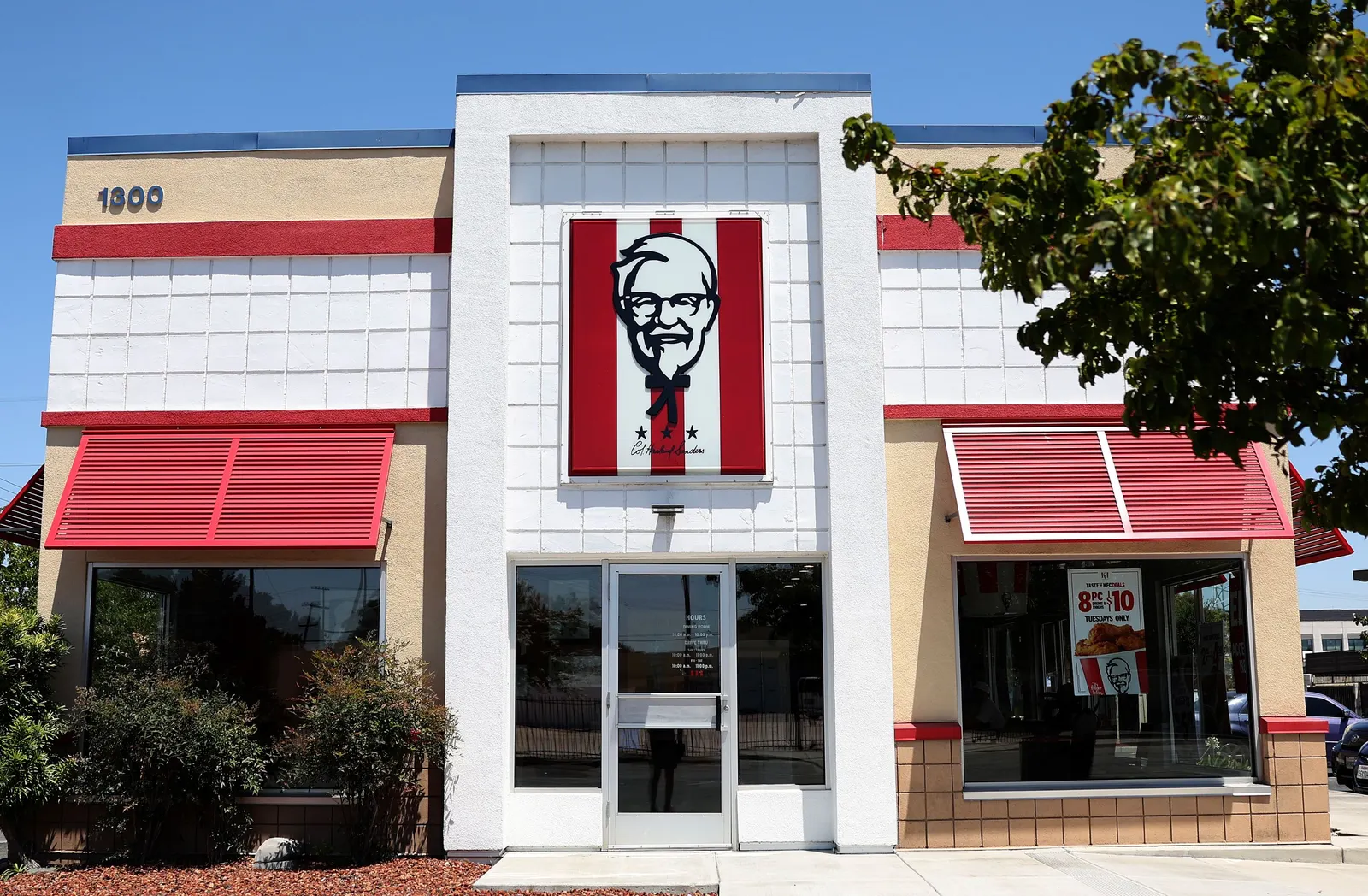
A Case Study: KFC
Given Yum’s scale, it’s worth looking at how one brand is integrating beverage insights from Collider into its menu and development strategy. KFC, which has seen dramatic international growth at the same time as its sales have eroded in the U.S., has a particularly important beverage innovation pipeline.
The insights generated by Collider’s efforts and the speed with which drinks can be developed make the question of new menu development an operations question, rather than an ideas question, Kubizniak said.
“The challenge for us is how do we … bring it to life in our restaurants,” Kubizniak said.
That’s a challenge the brand has been working to overcome in the U.K., where it launched a premium, beverage-focused QSR sub-brand — called Kwench by KFC — in 38 restaurants earlier this year. Kwench also has a presence in Australia.
The Kwench set up will require a coffee machine, milkshake machine and a back-of-house set up called the Kwench bench, Kubizniak said. Because the concept and the drinks are new, they will also entail a fair amount of employee training.
But early results have been encouraging. Customers have responded well to Kwench’s menu lineup, particularly its crunchy milkshakes,and franchisees are excited about the beverage program. Texture plays a big role in distinguishing drinks, Kubizniak said.
Some of the Kwench drinks, refreshers and lemonades, are good companions for fried chicken, but others could draw consumers on their own.
“Milkshakes and coffees — the more indulgent flavors — they're really a standalone purchase,” Kubizniak. “‘Come for the beverage, stay for the chicken,’ is the mantra.”
Kwench, Kubizniak said, will be a larger initiative, rather than a way to test individual drinks. But adding a new beverage program across the brand’s franchise system requires finding the right equipment, formalizing a supply chain, determining the appropriate pricing, securing franchisee buy-in and ensuring all of this can be done in existing real estate. The U.K. and Australia will see significant expansions next year.
“We have more tests planned in Mexico and South Africa and Poland, and then also, hopefully, in the U.S. this year,” Kubizniak said.
But the U.S. market, where the brand has struggled to compete in recent years, will require other efforts before new beverages become a priority, Kubizniak said.







